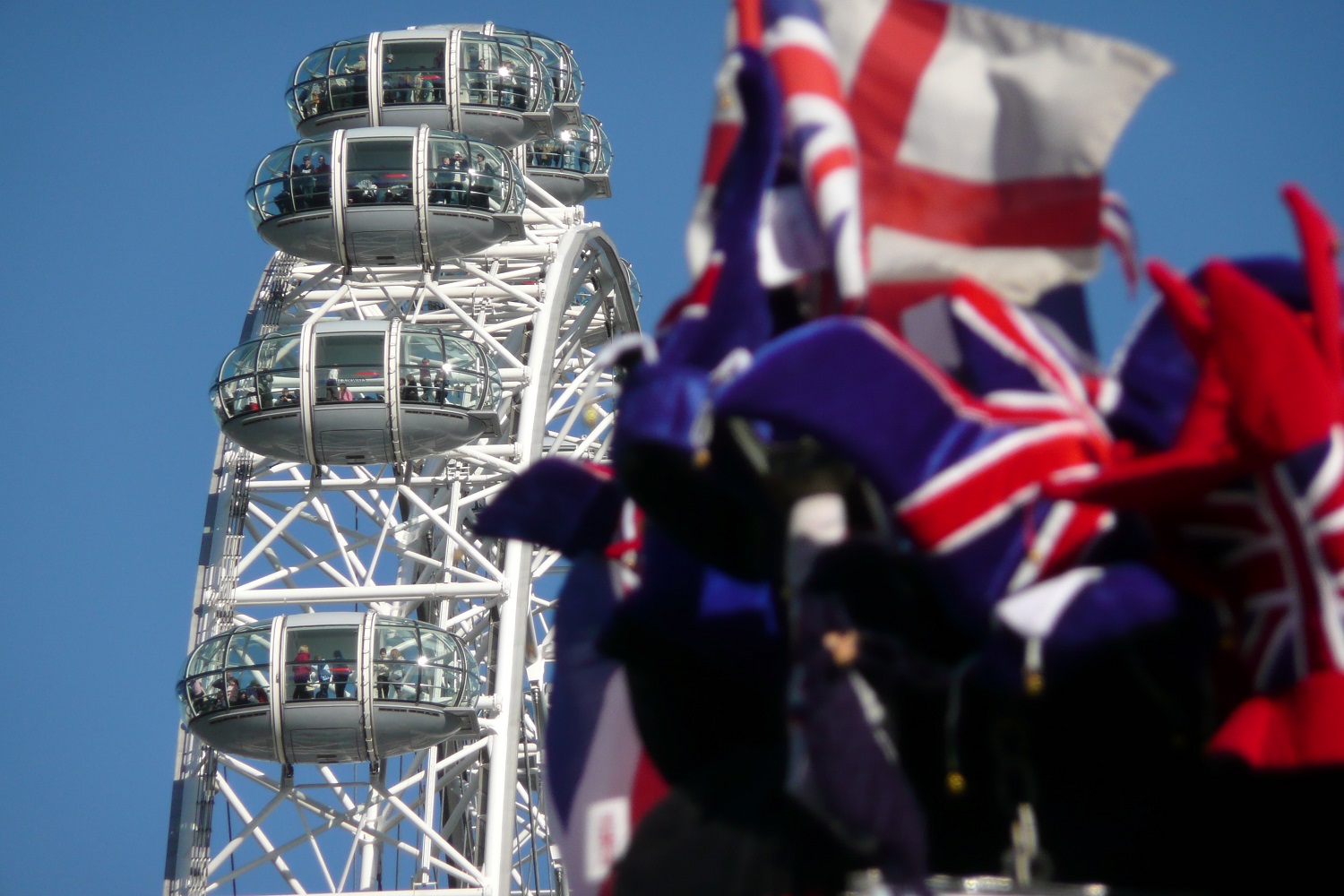 Tate Modern
Tate Modern
Tate Modern is Britain's National Gallery of international modern and contemporary art, works from the beginning of the 20th century.Housed in what had been an enormous disused Power Station it opened to the public in the year 2000 and has become one of the most visited and most famous Art Galleries in the world.
Tate Modern, the most popular Modern and Contemporary Art Gallery in the world.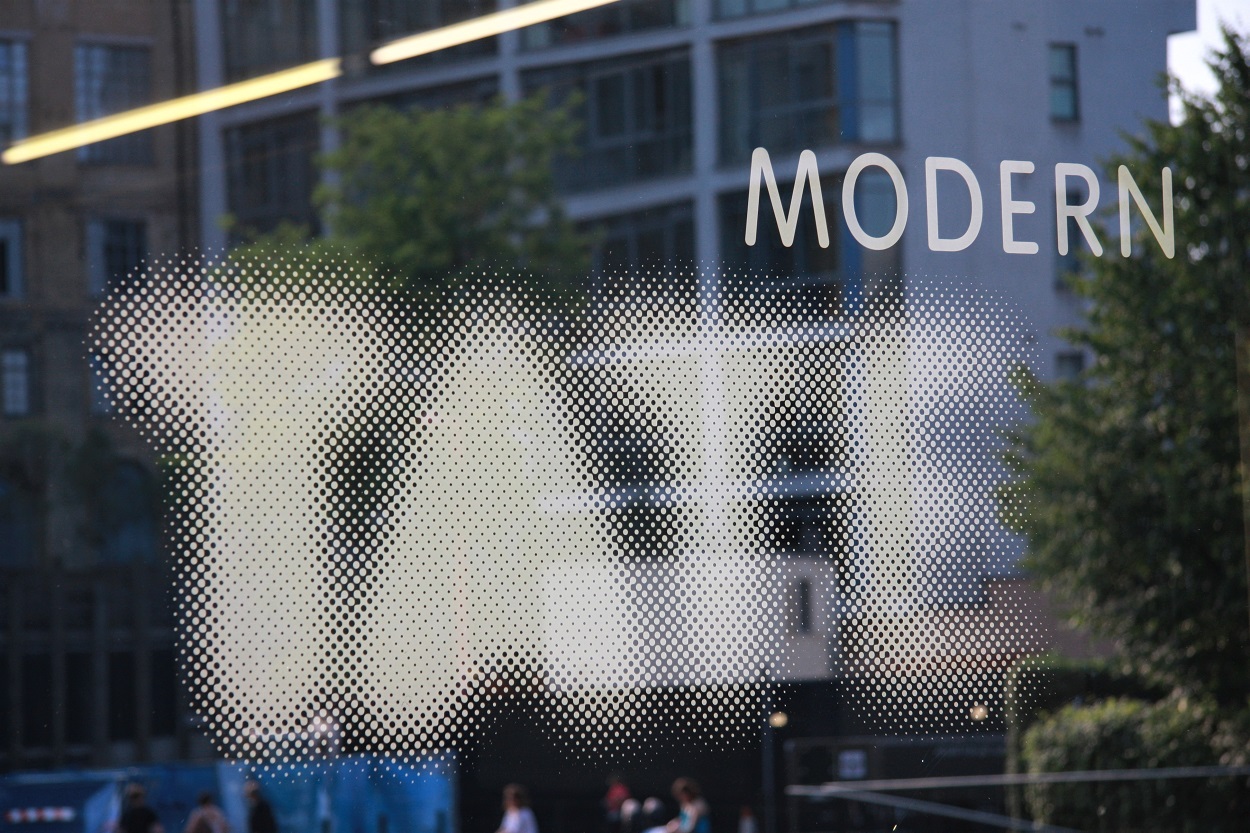
Bankside Power Station
It took great imagination and creativity to design a replacement powerstation building opposite St Paul's Cathedral that has now become a much loved landmark on the Southbank. Build in 1947 it was selected as the galleys site in 1994.The Tate Modern building stands on a large concrete raft, where underneath there is a Time Capsule holding the project’s plans, drawings by schoolchildren and a piece of Swiss mountain crystal given by the architects.
Bankside Power Station, generating electricity from 1891 to 1981.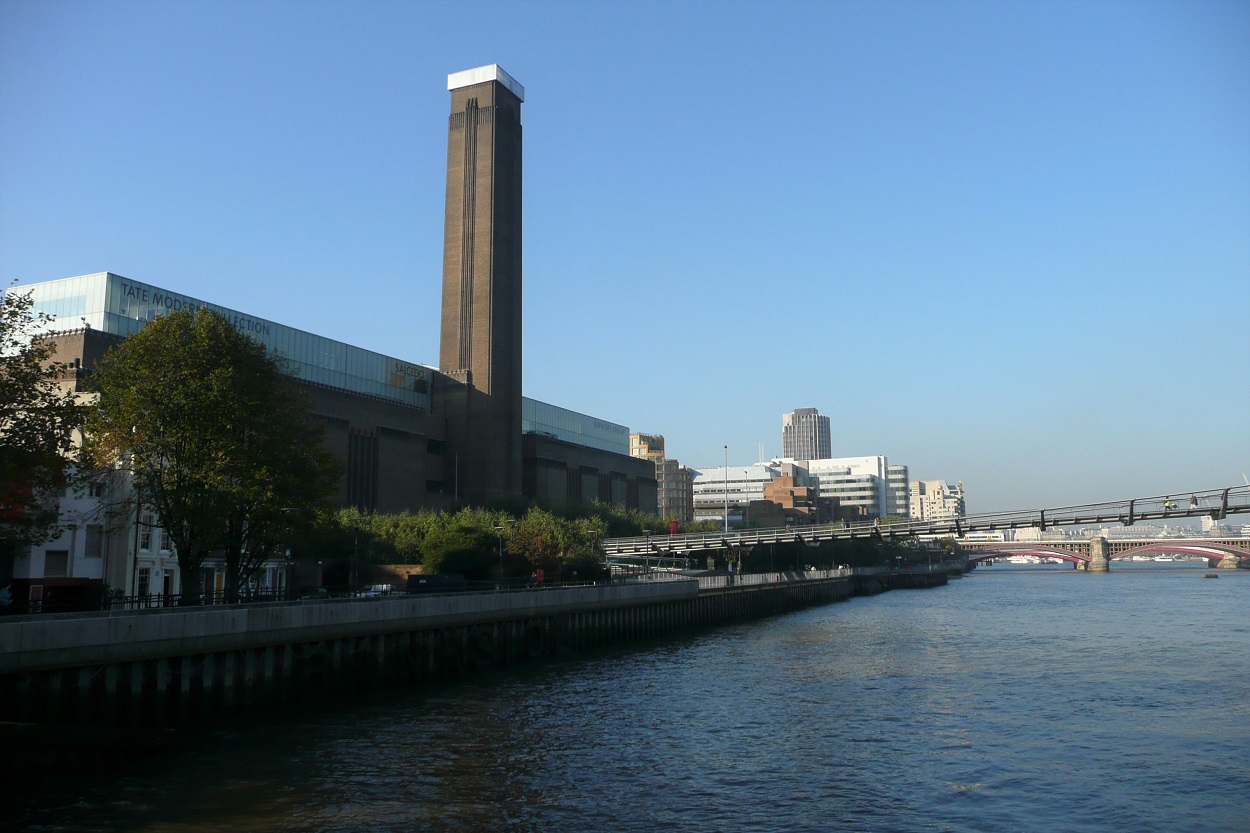
Tate Modern is one of four Tate Galleries originally named after Sir Henry Tate, the sugar magnate. The Modern collection, which is displayed on levels 3 and 5 of the gallery, is not arranged chronologically but shows works of different periods together so that the visitor can see how artists influence each other through time.
The Turbine Hall is the most challenging and exciting place for artists to display their work as it is over 150 metres long and 35 metres high. The first exhibit there was a giant spider made from steel and marble by Louise Bourgeoise, the respected French American artist.
Turbine Hall's vast space ideal for large scale sculptures.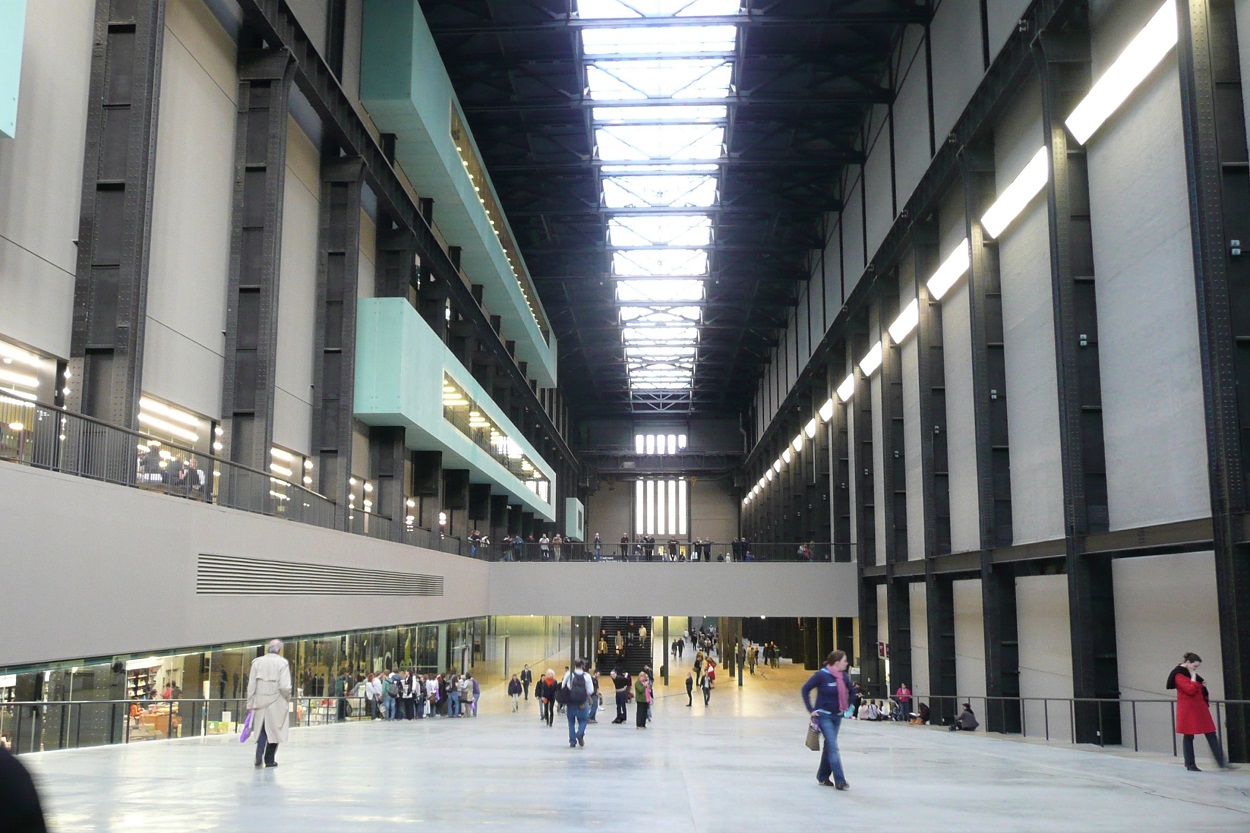
There have been many memorable free exhibitions there including the Weather project by Olaf Eliasson which enchanted visitors into lying on the floor looking up at a brilliant sun and their own reflections above.
Designed by Giles Scott, built with over 4 million bricks.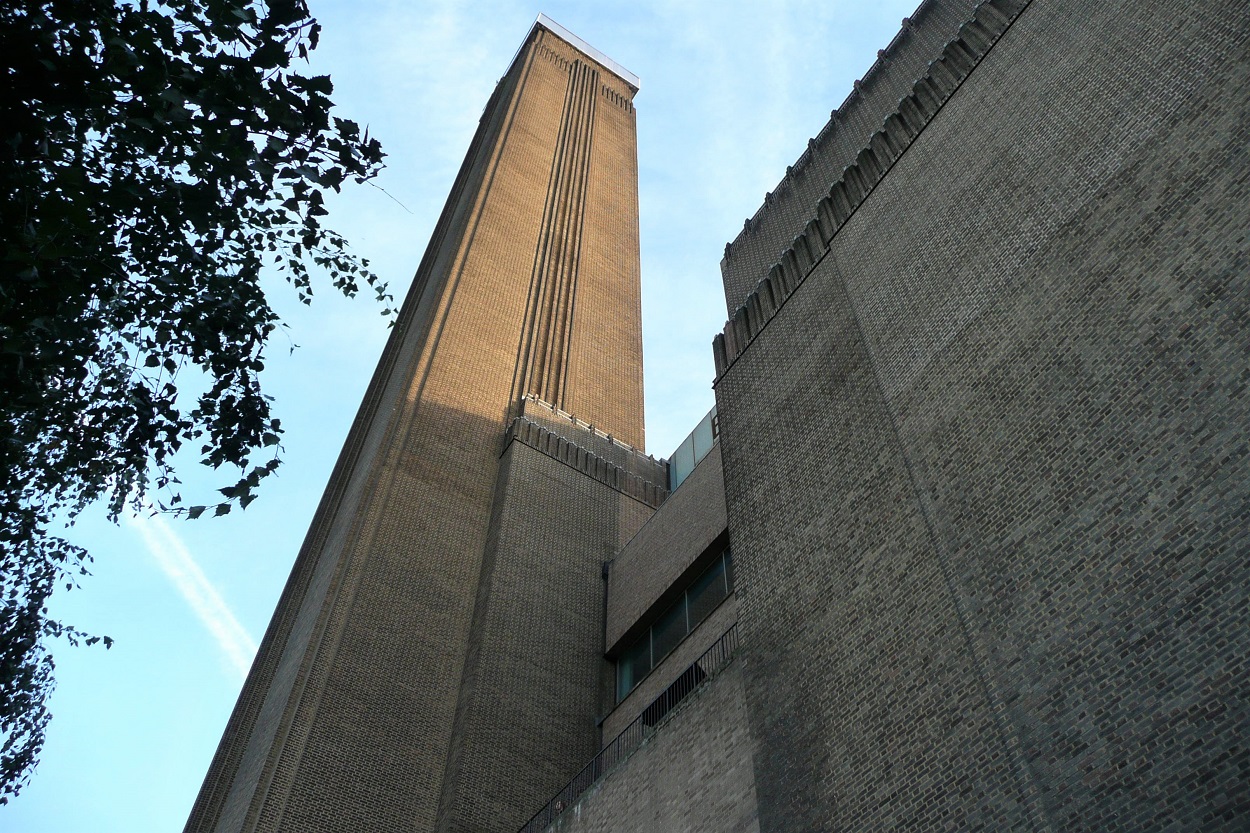
Within the building there are beautiful views of the river and St Paul’s Cathedral across the Millennium Bridge. There is a café and bookshop on the ground floor and a restaurant with an outside terrace on the top floor.
The Building was designed in the 1940's by Sir Giles Gilbert Scott, the architect of Battersea Power Station and designer of London's famous red Telephone Box.
Visitor Infomation
Entry remains free for everyone, with a charge for some exhibitions. Advance booking is recommended, but tickets for both the collection and exhibitions are often available on the door.Further information:
Tate Modern
